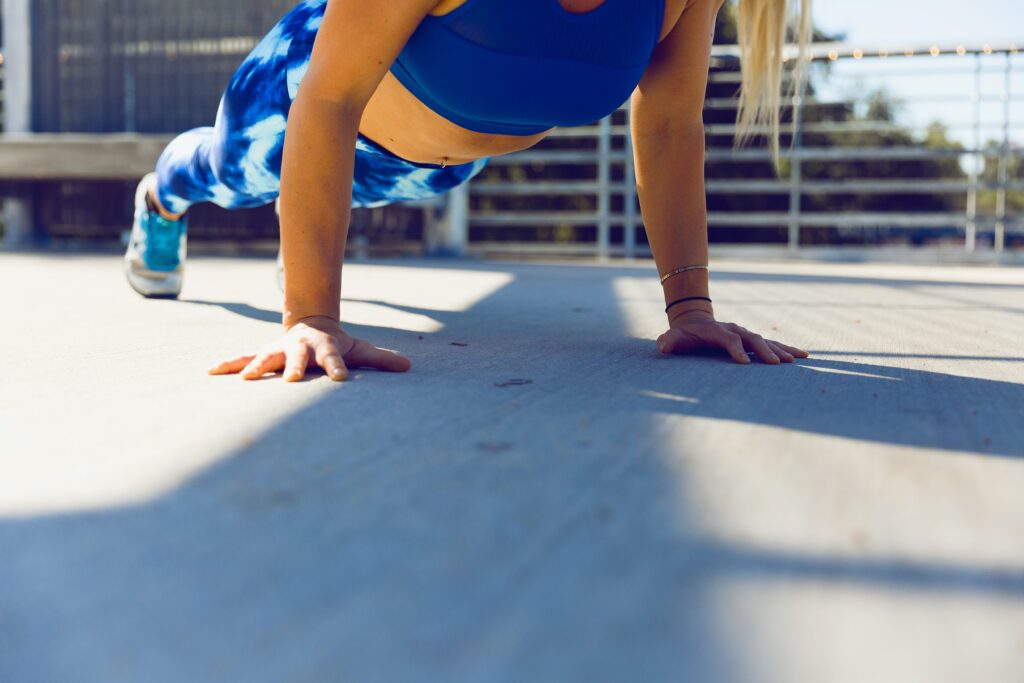Looking for the secret to a strong, pain-free upper body? It could be as simple as putting the classic push-up into your exercise mix, but only if you perform and program it correctly. Here’s how!
With all the new fitness trends and exercises getting camera time these days, the simple push-up can seem a little quaint. It’s not something you often see anyone doing on their Instagram feed or bragging about in the comments. After all, why hit the deck to do basic sets of up-downs in a gym full of chest and shoulder equipment that’s begging for you to load up on it?
Well, my dear fit friends, there are actually many reasons to heed the call of this classic upper-body exercise. Let’s take a look at some of the unique benefits of the push-up, and then break down how to put it back into your program where it belongs.
Why Push-Ups Are Worth Your While
You might think a bodyweight exercise like the push-up doesn’t provide enough “resistance” to stimulate growth and development of the chest, triceps, and shoulders. While it’s true you can’t replicate the same levels of absolute force you need when you perform, say, a 300-pound bench press, that doesn’t mean the movement is a waste of time.

When muscle size is the goal, it’s crucial to remember that what matters more than the weight lifted is the level of exertion your muscles experience. In simple terms, building muscle is largely (but not completely) a product of doing whatever it takes to fatigue and exhaust those muscles. It’s why systems like German volume training (10 sets of 10 reps) work so well for hypertrophy despite the “light” loads the lifters are asked to use when doing it.
But why do 10 sets of 10 push-ups rather than the flat bench, incline bench, or chest press machine? It’s all about what happens on the back of your body. In all of these bench presses, “good form” demands that your shoulder blades remain pinned to the bench throughout the movement. This can make for a stronger, safer bench, but it doesn’t promote proper shoulder function at the end of the day. Your scapulae are designed to move, not just retract. You need to train both actions!
Enter the push-up, which allows for free mobility of the scapulae. When done right, with your shoulder blades separating and protracting at the top, the push-up is one of the best activators of the serratus anterior muscles.
